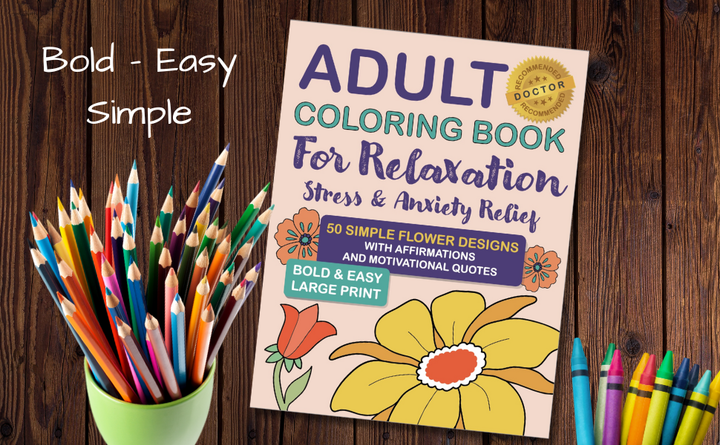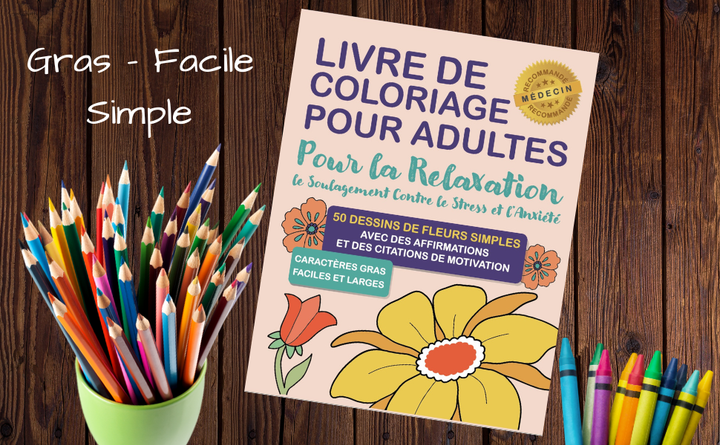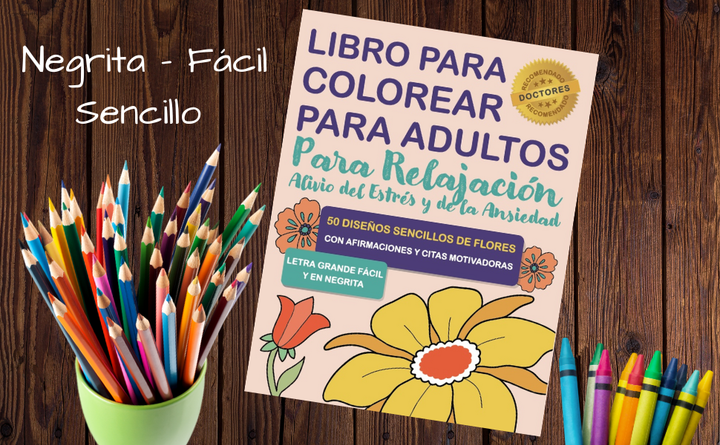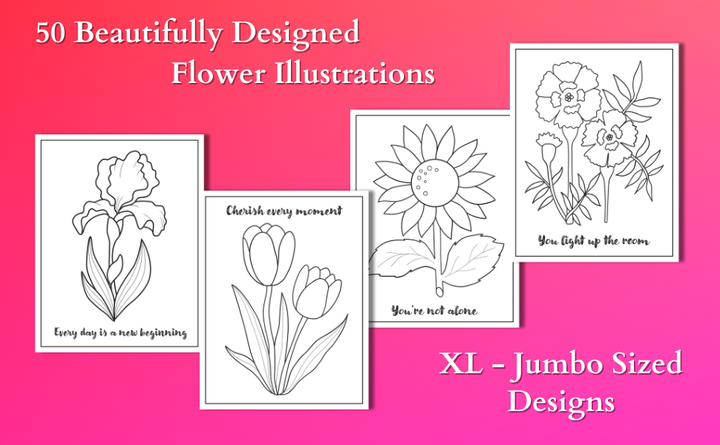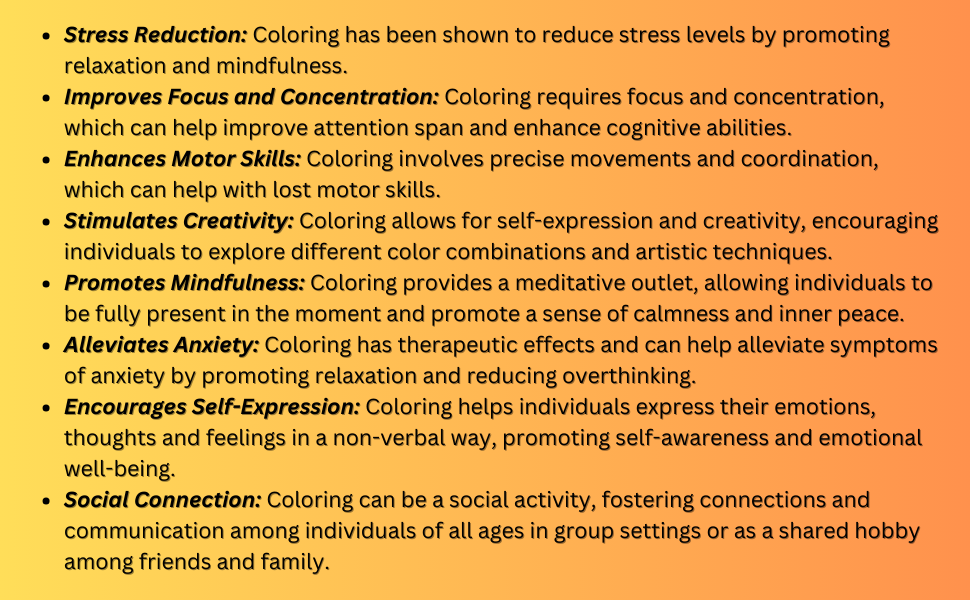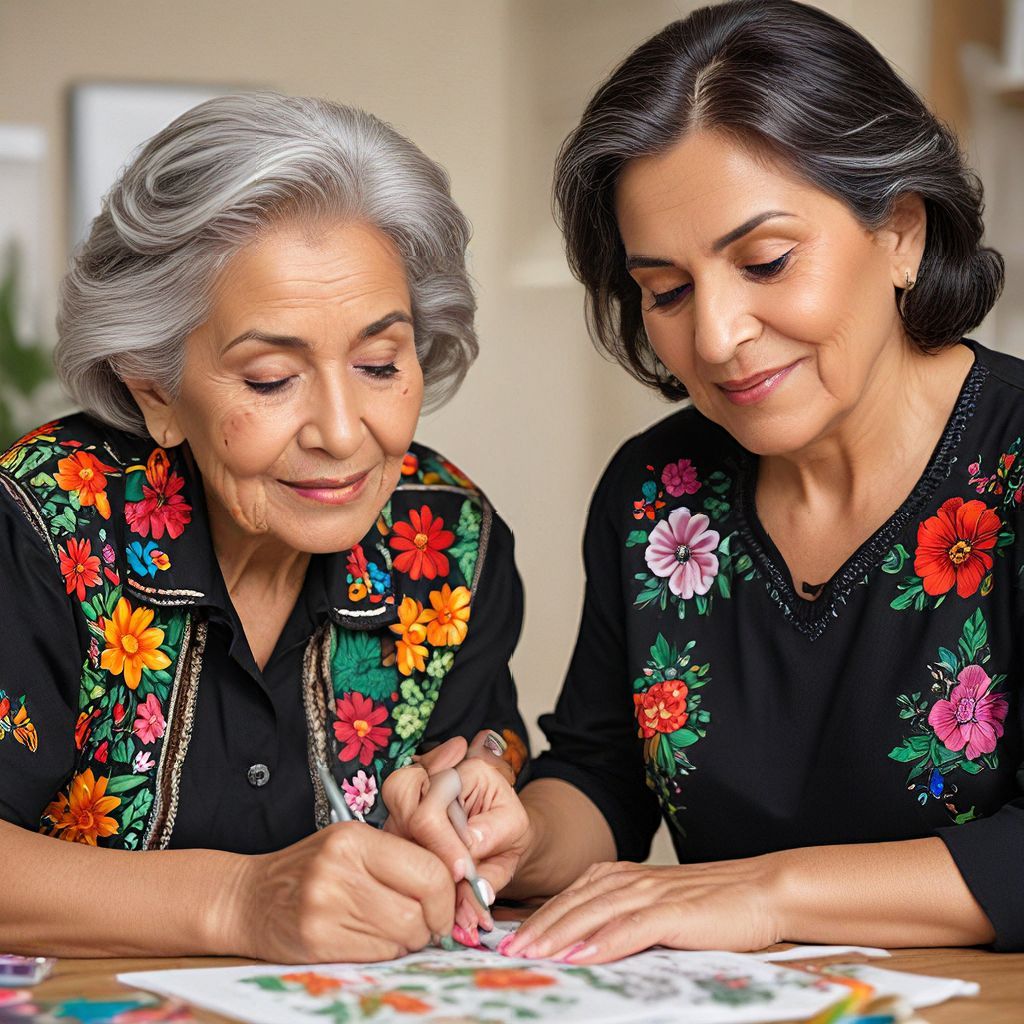Dan DeRubertis
The Benefits of Coloring
Coloring, an activity often associated with childhood, has made a significant comeback in recent years as a popular pastime for adults. This resurgence isn’t just a trend; it’s backed by research and personal testimonies highlighting its numerous benefits. Whether you're looking to reduce stress, improve focus, or simply find a creative outlet, coloring offers a host of advantages that make it more than just a fun activity. In this article, we'll explore the various benefits of coloring and why it's an activity worth incorporating into your daily routine.
1. Stress Relief and Relaxation
One of the most well-known benefits of coloring is its ability to reduce stress and promote relaxation. When you color, your mind is focused on the task at hand, which can help take your mind off worries and anxieties. The repetitive, rhythmic motion of coloring can be soothing, similar to the effects of meditation.
- Promotes Mindfulness: Coloring requires attention to detail and the present moment, which is a key component of mindfulness. As you focus on choosing colors and filling in spaces, you engage in a mindful practice that can help quiet a racing mind and bring a sense of calm.
- Reduces Cortisol Levels: Engaging in creative activities like coloring has been shown to reduce cortisol levels, the hormone associated with stress. Lower cortisol levels can lead to improved mood and a greater sense of well-being.
2. Improvement in Focus and Concentration
Coloring requires concentration, especially when working on intricate designs. This focus can help improve your attention span and concentration over time.
- Enhances Problem-Solving Skills: Choosing colors and deciding how to approach a coloring page can stimulate problem-solving skills. This can translate to better decision-making abilities in other areas of life.
- Boosts Attention to Detail: As you work on a coloring page, you pay close attention to small details, which can enhance your ability to focus on and complete tasks with precision in your daily life.
3. Creative Expression
Coloring provides an accessible outlet for creativity. Whether you're following a predetermined pattern or creating your own design, coloring allows you to express yourself in a non-verbal way.
- Fosters Creativity: Engaging in creative activities like coloring can stimulate the brain and encourage creative thinking. This can be especially beneficial for those who may not consider themselves "artistic" but still want to explore their creative side.
- Personal Expression: The colors you choose and the way you apply them can reflect your personality and emotions. This form of self-expression can be particularly cathartic, allowing you to explore and process your feelings in a safe and non-judgmental way.
4. Mental Health Benefits
Coloring can have a positive impact on mental health, making it a valuable tool for managing conditions like anxiety, depression and post traumatic stress disorder (PTSD).
- Reduces Symptoms of Anxiety and Depression: The calming effects of coloring can help reduce symptoms of anxiety and depression. It offers a distraction from negative thoughts and provides a sense of accomplishment when a page is completed.
- Encourages Positive Thinking: The act of coloring can produce positive emotions, as it is often associated with childhood and simpler times. This nostalgic connection can bring comfort and joy, helping to lift your mood.
- Support for Trauma Survivors: For individuals dealing with PTSD or other forms of trauma, coloring can offer a safe and controlled way to engage with creative expression. It allows for the release of pent-up emotions without the need for verbal communication, which can be particularly beneficial in the healing process.
5. Cognitive Benefits
Coloring is not only a relaxing activity but also one that stimulates various cognitive processes, making it beneficial for brain health.
- Enhances Memory and Concentration: The focus required for coloring can help improve memory and cognitive function. This is particularly beneficial for older adults, as it can help keep the mind sharp and reduce the risk of cognitive decline.
- Stimulates the Brain's Reward System: Completing a coloring page can activate the brain's reward system, releasing dopamine, a neurotransmitter associated with pleasure and motivation. This can provide a sense of satisfaction and accomplishment.
6. Social Benefits
While coloring can be a solitary activity, it also offers opportunities for socialization, which can enhance its benefits.
- Promotes Social Interaction: Coloring groups or clubs have become increasingly popular, providing a space for people to come together and engage in a shared activity. These groups can foster a sense of community and belonging, which is important for overall well-being.
- Bridges Generational Gaps: Coloring is an activity that people of all ages can enjoy. It can be a way to bond with children, grandchildren or friends, offering a fun and relaxing way to connect across generations.
7. Physical Benefits
The physical act of coloring can also provide several benefits, particularly for those who may struggle with fine motor skills.
- Improves Fine Motor Coordination: Holding a coloring pencil and staying within the lines requires fine motor control. Regular practice can help improve hand-eye coordination and dexterity, which is especially beneficial for children and older adults.
- Encourages Relaxed Posture: The relaxed posture often associated with coloring can help reduce physical tension. Unlike working on a computer or other tasks that require a fixed posture, coloring allows for a more comfortable and flexible position.
8. Accessibility and Simplicity
One of the greatest advantages of coloring is its accessibility. You don’t need any special skills or expensive materials to start.
- Low-Cost Hobby: Coloring is an inexpensive hobby. All you need is a coloring book and some pencils or markers to get started. This makes it accessible to almost anyone, regardless of age or financial situation.
- No Pressure to Perform: Unlike some creative pursuits, coloring doesn’t come with pressure to achieve a certain level of skill or perfection. This makes it an ideal activity for those who want to engage in a creative outlet without the stress of meeting expectations.
About the Author
As a 74-year-old book enthusiast from a small town in Ohio, I have always cherished the power of creative activities. My inspiration for this coloring book comes from my experiences with a beloved friend who suffered from Alzheimer's. Witnessing firsthand the calming and therapeutic effects of creative activities on those facing cognitive challenges, I was motivated to create something that could bring comfort and joy to others. This coloring book is designed to provide a soothing and enjoyable experience for adults and seniors, serving as a valuable resource for both individuals and caregivers. My goal is to offer a moment of peace and creativity to those navigating the difficulties of dementia, Alzheimer’s, and Parkinson’s.

